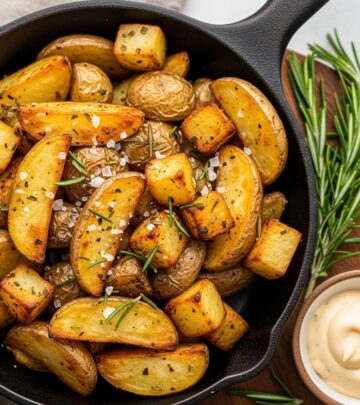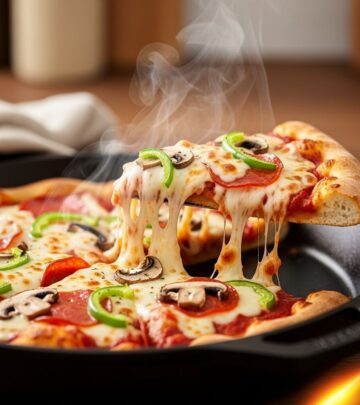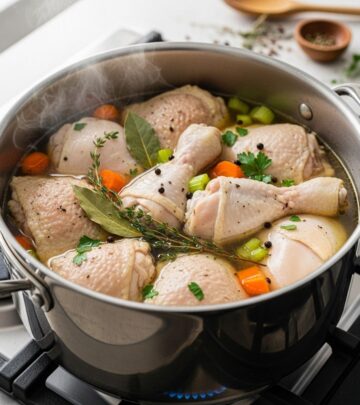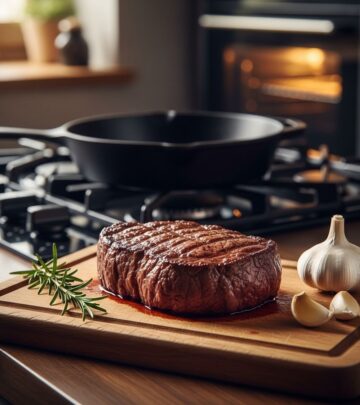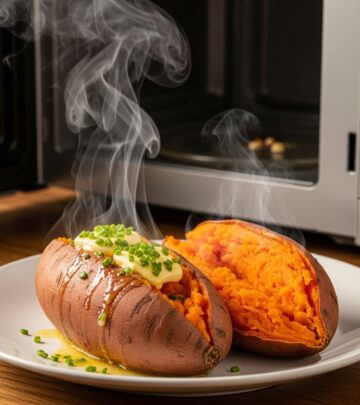Nancy Silverton’s Iconic Pizza Dough: A Deep Dive into the Recipe, Method, and Pizza Craftsmanship
Discover how precise hydration and slow fermentation unlock an airy, flavorful crust.
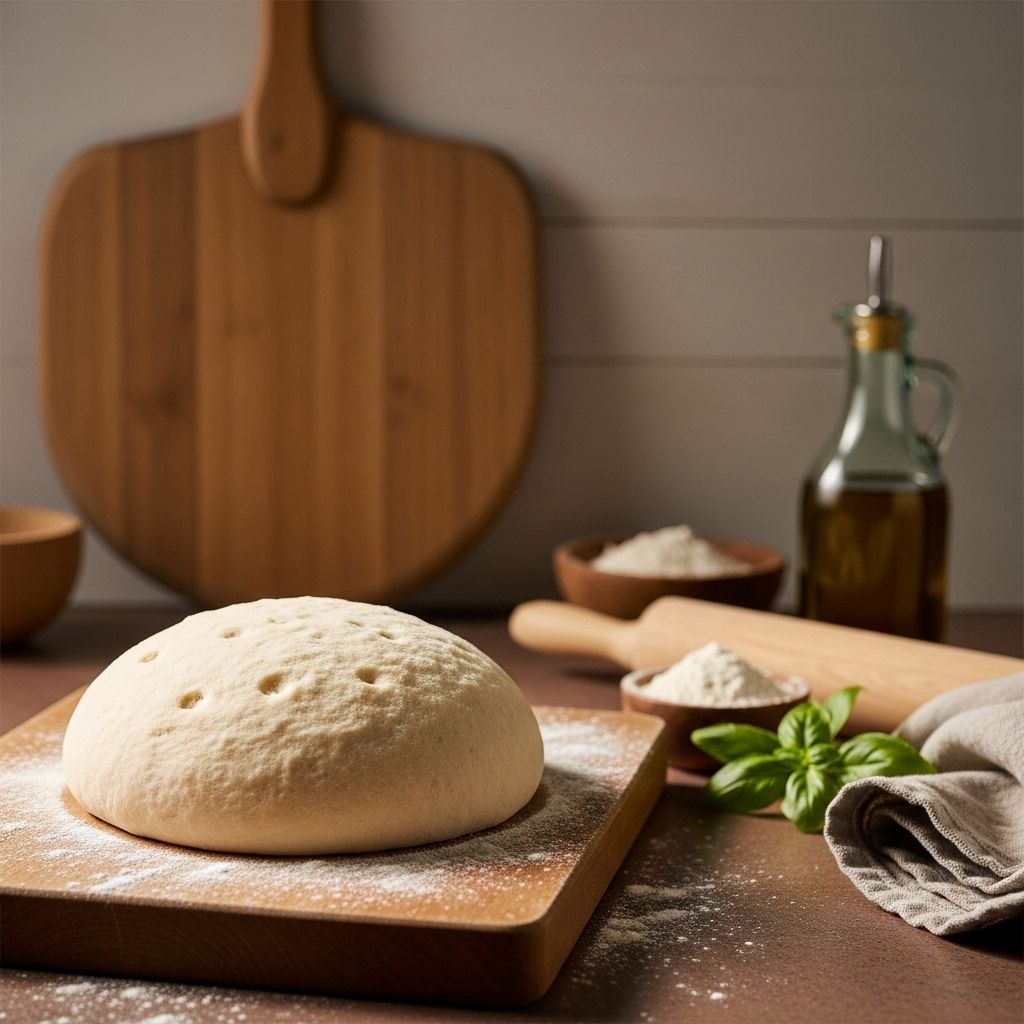
Nancy Silverton’s Pizza Dough: Introduction and Legacy
Nancy Silverton has long held a revered place in the world of baking and artisan bread, and her approach to pizza is as meticulous as her legendary loaves. Silverton’s pizza dough, made famous at Pizzeria Mozza and shared generously through cookbooks and appearances, is recognized for its deeply flavorful, open-structured crust, blending crispness, chew, and a remarkable airy crumb. This guide deeply explores every aspect of her dough—from ingredients and technique to practical, tested advice for home bakers who want to experience true Italian-American pizza artistry in their own kitchens.
Table of Contents
- What Makes Nancy Silverton’s Dough Special?
- Ingredients, Measurements, and Baker’s Percentages
- Step-by-Step Method
- Troubleshooting and Pro Tips
- Shaping, Topping, and Baking Your Pizza
- Frequently Asked Questions
What Makes Nancy Silverton’s Pizza Dough Distinctive?
The hallmark of Nancy Silverton’s pizza dough is its open, holey crumb structure paired with a crisp exterior and stretchy interior. When properly baked, the edge or “cornicione” is riddled with irregular air pockets—the sign of slow, careful fermentation and a wetter-than-average dough. Silverton’s dough uses ingredients and ratios inspired by both classic Neapolitan and California traditions, introducing a complex yet balanced depth of flavor.
Key characteristics include:
- High Hydration: The dough is notably wet and sticky, containing a much higher percentage of water than conventional pizza doughs. This delivers the famed airy texture and a crisp crust.
- Blend of Flours: A portion of rye flour and wheat germ adds both complexity in flavor and a more nuanced crumb structure.
- Long, Flexible Fermentation: Though the method in Silverton’s cookbook is timed for home bakers, it hints at her pizzeria’s much longer fermentation, yielding deeper flavors and more developed dough character.
- Home bakers are encouraged to experiment with a longer, refrigerated ferment for even greater authenticity.
Ingredients, Measurements, and Baker’s Percentages
Understanding Silverton’s dough starts with a look at her thoughtfully chosen ingredients and their ratios. Here, both standardized weights and baker’s percentages (which express each ingredient as a percentage of total flour) help ensure consistency.
| Ingredient | Weight (grams) | Baker’s % |
|---|---|---|
| Bread Flour (unbleached) | 737.1 | 100% |
| Water | 623.7 | 85% |
| Active Dry Yeast (or Instant) | 3.8 | 0.5% |
| Salt (fine sea salt preferred) | 14.2 | 1.9% |
| Honey | 10.5 | 1.4% |
| Rye Flour | 14.2 | 1.9% |
| Wheat Germ (toasted or raw) | 3.2 | 0.4% |
This recipe yields approximately six 12-inch pizzas. For a single dough ball (for one 12-inch pizza), divide each ingredient by six.
Tip: Always weigh ingredients for best accuracy.
Step-by-Step Method for Nancy Silverton’s Pizza Dough
Silverton’s technique is designed for home bakers, focusing on both attainable results and professional quality. The process is broken down into these stages:
1. Mixing the Dough
- Combine bread flour, rye flour, and wheat germ in a large bowl.
- In a separate bowl, dissolve yeast and honey into warm water (ideally around 100°F/38°C). Allow to stand a few minutes until slightly foamy.
- Combine the yeast mixture with the
References
- https://www.pizzamaking.com/forum/index.php?topic=16033.0
- https://chiceats.com/recipe/homemade/nancy-silvertons-pizza-dough-recipe-peperonata-salumi-and-pepperoni
- https://www.youtube.com/watch?v=jRRxG-jOqV8
- https://dk.pinterest.com/pin/nancy-silvertons-pizza-dough-recipe–339388521912839624/
- https://au.ooni.com/blogs/recipes/nancy-silvertons-pizza-dough
Read full bio of Sneha Tete







